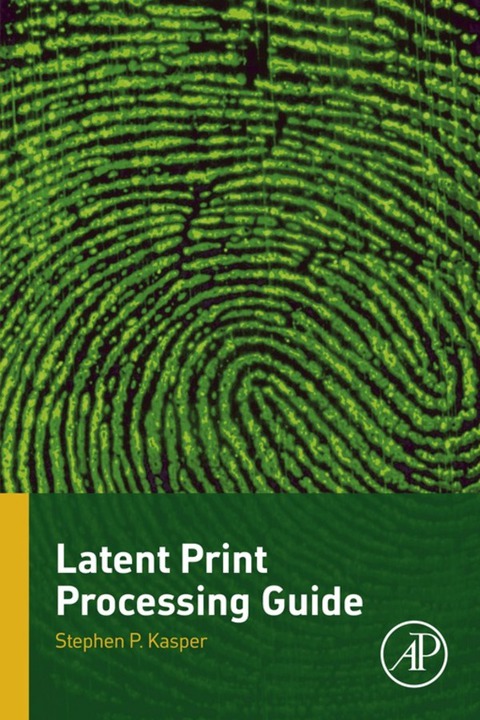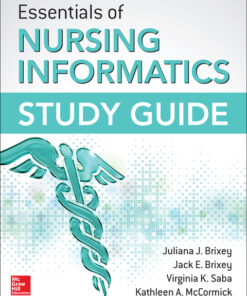Latent Print Processing Guide Ebook (miebook.shop)
$25.00
Kasper, Stephen P.
Latent Print Processing GuideLatent prints are chance or accidental impressions left by friction ridge skin on a surface, regardless of whether it is visible or invisible at the time of deposition. Recognition of evidence that may contain fingerprints and the processes that can develop these latents is crucial in preventing valuable evidence from being left undetected. It has been my experience that basic police training does not cover this subject adequately and other first responders may not receive any training at all. To process latent prints examiners use various techniques including electronic, chemical, cyanoacrylate and physical method. Latent Print Processing Guide offers a broad understanding of latent print detection, development and recovery including insights on some state of the art technologies.
Includes history of latent print identification and some of the pioneers and their contributions. Defines the differences between chemical and physical processes, explains process sequence protocols and recovery methods for different types of evidenceChapters include: process selection, application and recovery, special considerations for specific materials, protocol sequence and process formulas including required materials, application method, expected results, safety measures and references.The text is written so that non-crime scene or non-crime laboratory personnel can gain valuable information from it. ISBN: 9780128035078, 0128035072











